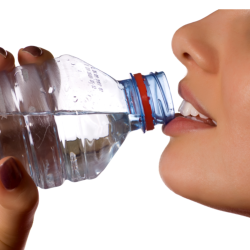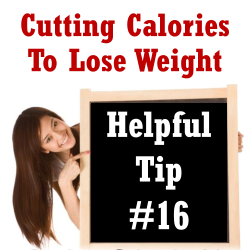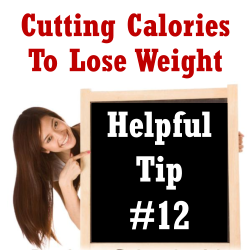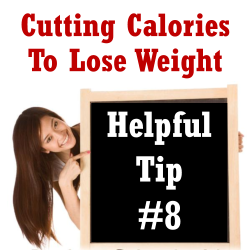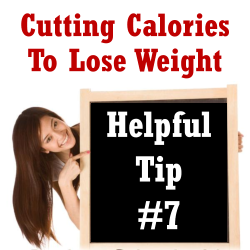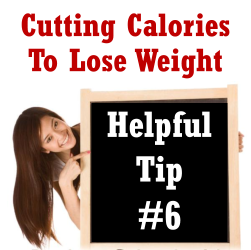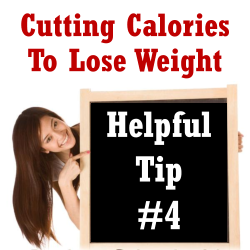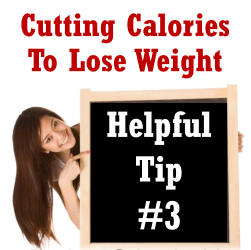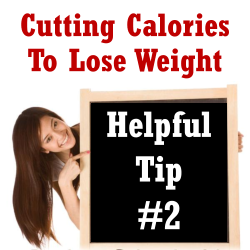Counting Calories to Shed Those Pounds
The Simple Guide to Weight Loss Math
Introduction – Why Count Calories
When you’re trying to lose weight and achieve optimal health there are many habits and weight loss paths to consider. Undoubtedly, it’s important to pay attention to what you eat.
The more you eat, the more calories you put into your body. If your body doesn’t burn those calories through the natural course of your day, it stores the energy as fat.
Not good.
The goal is to burn fat, to get rid of it and to never see it again. This is why some people turn to the process of calorie counting to lose weight – it works.
What is Calorie Counting?
Calorie counting is the practice of tracking the food you eat each and every day. You track not only the types of food, but also the amount of food, that you eat. For example, if you have some green beans it’s not enough to document “green beans.” You also need to measure the amount. Did you have a cup of green beans? A half-cup?
How you cook the item is important as well. For example, there are 31 calories in raw green beans, 44 in boiled, and 46 calories in microwaved green beans. With calorie counting, the details are important. If you’re 100 calories off each day that’s a pound at the end of the month, and when you’re trying to lose weight every pound matters.
As you track what you’ve eaten, and how much, you’ll also refer to your choice of calorie information tools. There are mobile applications, online tools, and books that you can use to help you track your daily calories.
Keep in mind that as you’re counting what you consume, you’ll also want to count what you burn. Again, there are tools for doing this. Using a variety of tools or devices that we’ll discuss in a bit, you can track how many calories you burn running errands, walking the dog, watching television and doing Zumba for an hour at the gym. This way you can look at your numbers at the end of the day and make sure that you’re burning more than you’re consuming.
So why go to such detail and why count calories?
We Overestimate How Much We Burn and Underestimate How Much We Eat
Counting calories will be a reality check. Most of us drastically underestimate the number of calories we consume. Much of that is due to portion size discrepancies. A half a cup of French fries is much smaller than you think, and a cup of green beans is probably more than you imagine. We also tend to overestimate the calories we burn when exercising and going about daily life. You might think an hour on the elliptical will earn you a hot fudge sundae – it won’t.
When a 150-pound person spends a half hour on an elliptical at a moderate intensity – meaning they’re at 60-70% of their maximum heart rate – they’ll burn around 386 calories. A two-scoop hot fudge sundae has almost 600 calories. And those are primarily empty calories too, but we’ll get to that shortly.
The truth is that most people aren’t going to exercise at that intensity for the entire time they’re on the elliptical. Your intensity will fluctuate with your energy levels, for example. You may start off very enthusiastic and then you’ll pull back when your heart rate begins feeling a bit uncomfortable.
Calorie Counting Is An Education
When you begin counting calories you’ll begin to realize how much you’re actually eating and burning. You’ll become smarter about what you eat. For example, you may quickly realize that a cookie you want just isn’t worth it because it’ll mean you cannot have as much to eat at dinnertime. You’ll learn to set priorities and eat more nutrient rich foods, which are generally lower in calories.
Calorie Counting Gives You More Control
Knowledge is power, right? The more you know the better your decisions can be. This is most certainly true for counting calories and losing weight. With good calorie counting tools and processes you’ll be able to tell at a glance whether you’re on track for the day or whether you’re busting the calorie budget so to speak.
While it may sound difficult, calorie counting is actually one of the easiest ways to lose weight. You simply track input and output. Assuming your output, or the calories you burn, is more than the input, you’ll lose weight. A single pound of fat is 3,500 calories and cutting calories can add up quickly. Let’s get started at what a calorie is and why counting calories is so effective.

